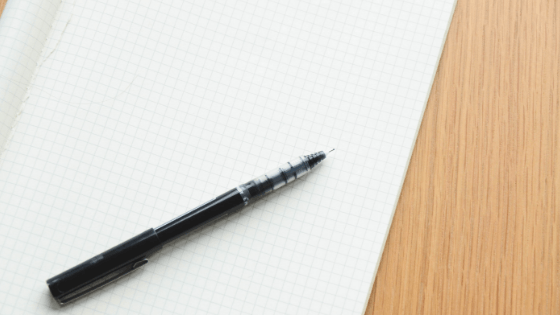VAT is a business tax on the supply of goods and services. It is charged at varying rates depending on what is being supplied, who it is being supplied to and where it is being supplied to.
But with Brexit, temporary rate changes due to COVID-19, the rollout of Making Tax Digital for VAT and new rules relating to the reverse charge and subcontractors, this is a complex time for a business grappling to ensure VAT compliance. With penalties in place for non-compliance, it’s important to seek professional help to aid with navigating any tricky issues.
As a VAT-registered business, you will essentially act as a collecting agent for HMRC. Your business can recover the VAT it incurs on purchases (known as input VAT), but in return must charge VAT on sales (output VAT).
The difference between the input VAT incurred and the output VAT charged is either paid over to HMRC or refunded each time the business submits a VAT return.
The UK VAT rates currently in force are standard (20%), reduced (5%), and zero (0%).
No VAT is charged on goods and services that are exempt from VAT, such as insurance, or outside the scope of the UK VAT system, such as salary payments.
Which of the above categories the goods or services fall into matters because it affects whether the business can register for VAT and how much VAT it can reclaim.
There are specific VAT rules for certain trades, such as builders and charities, that affect how to account for VAT, how much must be paid and how much can be reclaimed, which is not covered in this article.
>> Download our VAT Basics Guide
Disclaimer
The views expressed in this article are the personal views of the Author and other professionals may express different views. They may not be the views of Lambert Chapman LLP. The material in the article cannot and should not be considered as exhaustive. Professional advice should be sought in connection with any of the issues contained in the article and the implementation of any actions.

